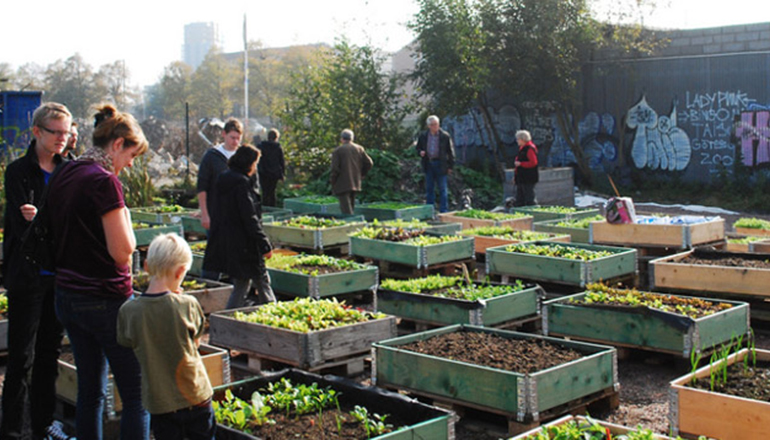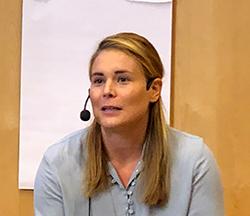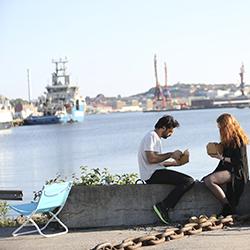
Easier said than done
Cities have to be creative and innovative to meet all challenges within health care, education and urban development. Nevertheless, cities are often perceived as being disinclined to change, bureaucratic and gripped by inertia – although this is frequently described as myths.
Sara Brorström, PhD and researcher at Mistra Urban Futures in Gothenburg, has followed the development of Älvstaden, the major development scheme in the city on both sides of the Göta River for several years. Her most recent article, in the International Journal of Public Sector Management, discusses how new ideas are implemented in actual planning, and how this process may be impeded or facilitated.
Brorström describes a range of situations where relevant ideas and ambitions despite good intents not have been implemented. It concerns e.g the time it takes from an application for funding for development to actual use by the citizens; either the problem is already solved or it is not an issue anymore. After all, it is the perception of the citizens that decide the value of the innovation, and there are examples where the need, or the incentive to choose something more environmental friendly, are not big enough. The cities’ purchasing routines may be in favour of “business as usual”, rather than new and uncertain solution. Additional resources may legitimise risk-taking; maybe by decreasing the requests for specified results in the application stage.
Photo: Älvstranden Utveckling AB







